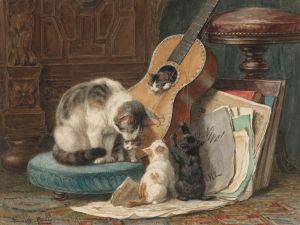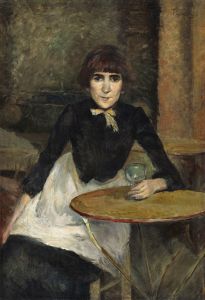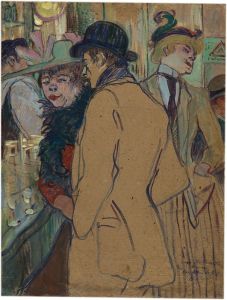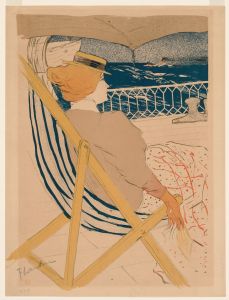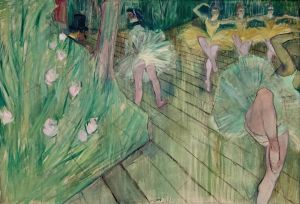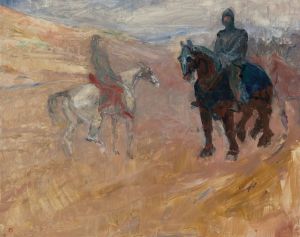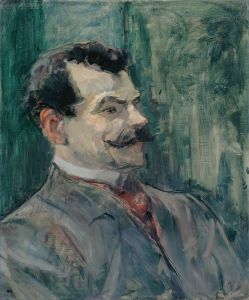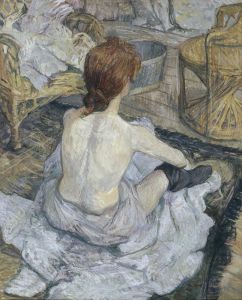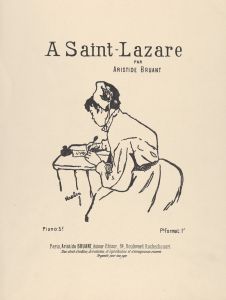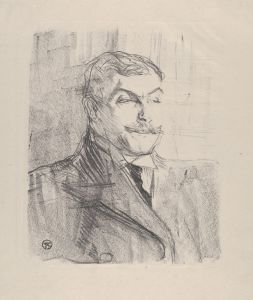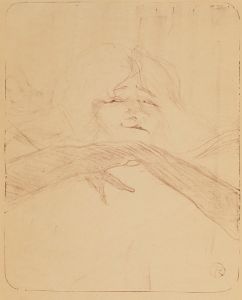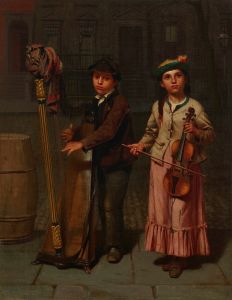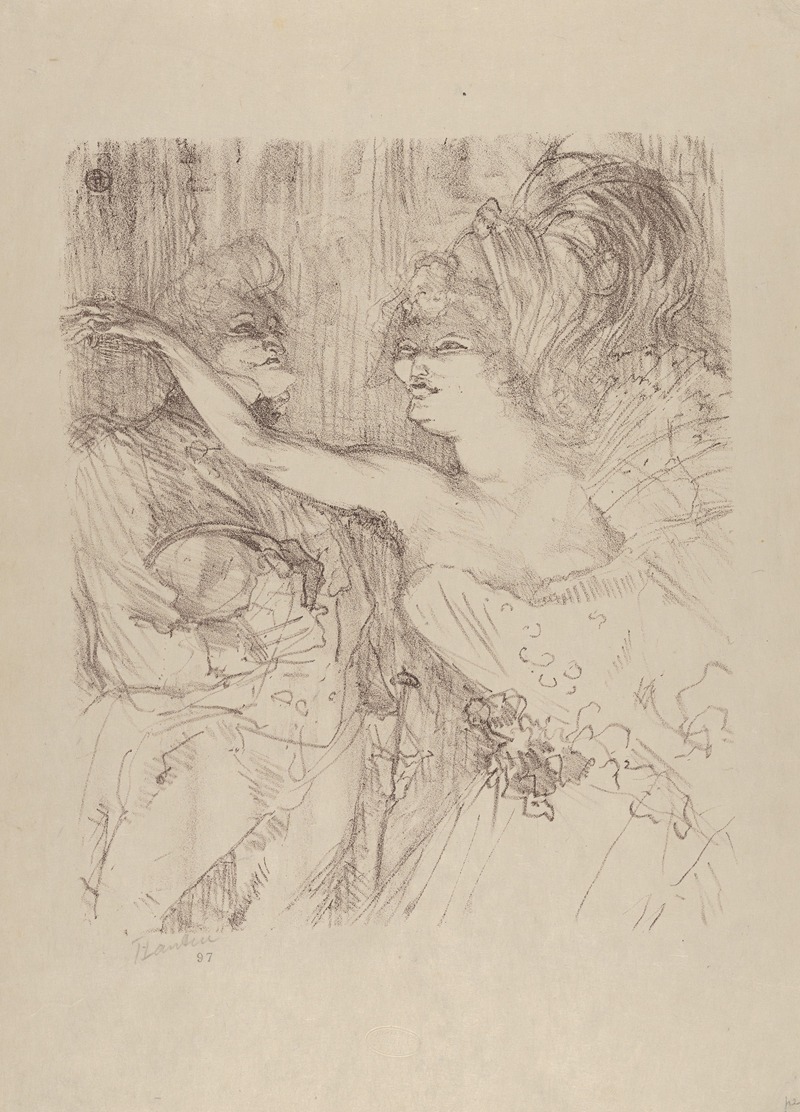
Guy and Mealy, in Paris Qui Marche
A hand-painted replica of Henri de Toulouse-Lautrec’s masterpiece Guy and Mealy, in Paris Qui Marche, meticulously crafted by professional artists to capture the true essence of the original. Each piece is created with museum-quality canvas and rare mineral pigments, carefully painted by experienced artists with delicate brushstrokes and rich, layered colors to perfectly recreate the texture of the original artwork. Unlike machine-printed reproductions, this hand-painted version brings the painting to life, infused with the artist’s emotions and skill in every stroke. Whether for personal collection or home decoration, it instantly elevates the artistic atmosphere of any space.
Henri de Toulouse-Lautrec, a prominent French painter, printmaker, and illustrator of the late 19th century, is widely recognized for his depictions of Parisian nightlife and bohemian culture. Among his extensive body of work, the piece titled Guy and Mealy, in Paris Qui Marche is a notable example of his engagement with theatrical and entertainment subjects.
This artwork was created in 1892 as part of a series of illustrations for the revue Paris qui Marche (translated as "Paris on the Move"), a theatrical production staged at the Théâtre des Variétés in Paris. The revue was a popular form of entertainment at the time, combining music, comedy, and satire to reflect contemporary Parisian life. Toulouse-Lautrec was commissioned to produce promotional lithographs for the production, which featured prominent performers of the era.
The illustration depicts two well-known performers, Guy and Mealy, who were celebrated for their roles in the revue. Both figures are rendered with Toulouse-Lautrec's characteristic style, which combines bold lines, dynamic composition, and a keen sense of personality. The artist's ability to capture the essence of his subjects made his works highly sought after in the world of advertising and entertainment.
Toulouse-Lautrec's involvement with the Parisian theater scene was part of his broader engagement with the cultural life of Montmartre, a district known for its cabarets, dance halls, and artistic vibrancy. His works often featured performers, dancers, and other figures from this milieu, offering a vivid glimpse into the social and artistic currents of the time.
The lithograph Guy and Mealy, in Paris Qui Marche exemplifies Toulouse-Lautrec's mastery of the medium. Lithography allowed him to produce multiple copies of his works, making them accessible to a wider audience and enhancing his reputation as a leading artist of the Belle Époque. The piece is also significant for its role in the evolution of modern poster art, a field in which Toulouse-Lautrec was a pioneering figure.
Today, Guy and Mealy, in Paris Qui Marche is recognized as an important work within Toulouse-Lautrec's oeuvre, reflecting his deep connection to the theatrical and cultural life of Paris in the late 19th century. The artwork is held in various collections and continues to be studied for its artistic and historical significance.





